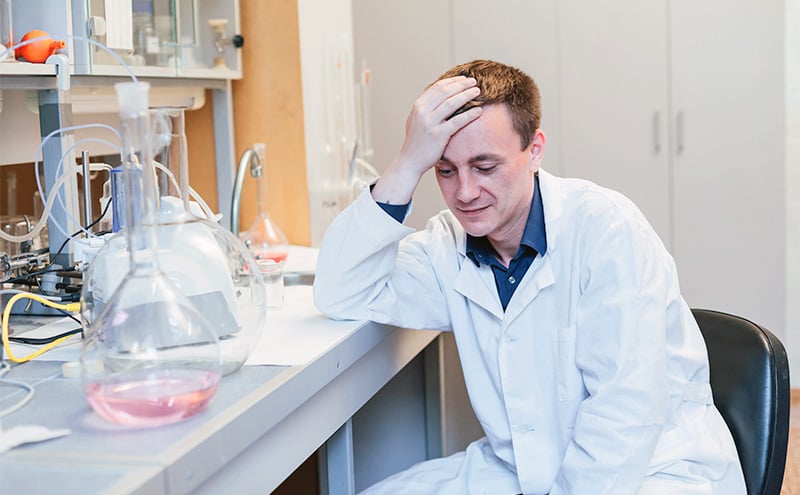
Mental Health and the Physician Suicide Crisis
By Michael Ruzek, DO, YPS Chair-Elect
Sobering fact: One physician commits suicide every day in the U.S., making it the highest suicide rate of any profession in the U.S, according to a recent study presented at the 2018 American Psychiatric Association Annual Meeting in May.1
These physicians often have untreated or undertreated depression or other mental illnesses; in fact, physicians who died by suicide were less likely to be receiving help for depression than nonphysicians who committed suicide, despite the depression risk factor being the same in both groups.2
Suicide is linked to multiple risk factors, but the most common - for physicians and nonphysicians - is untreated or unmanaged mental health concerns.
- Among physicians, risk for suicide increases when mental health conditions go unaddressed. Some physicians self-medicate as a way to address conditions such as anxiety, insomnia or other distressing symptoms, but this often doesn't address the underlying problem.
- Male physicians commit suicide at a rate 1.41 times higher than the general male population. The difference is even bigger for female physicians, who commit suicide at a rate 2.27 times greater than the general female population.3
- Depression is more common in medical students and residents1, and 28 percent of residents experience a major depressive episode during training, vs. 7-8 percent of similarly-aged individuals in the U.S. general population.4
Physicians are placed on a pedestal. We tend to consider them almost super human; impervious to anything that heads their way. No matter how talented, smart, loving and accomplished doctors become, these attributes alone do not fully protect physicians from mental health declines. In fact, physicians share there are several barriers in seeking mental health care, including time constraints, hesitancy to draw attention to self-perceived weakness, and concerns about reputation and confidentiality. Or worse of all, physicians fail to seek help because of fear of the state Medical Board removing their license all together. (Did you read Dr. Haney’s account of her own struggle with licensing boards in the January 2019 ACEP Now? It really resonated with our fellow EM physicians – make sure to read the comments, too.)
If you want to learn more about physician mental health, ACEP’s Wellness Section has a library of resources related to physician wellness (burnout, stress, PTSD, litigation stress, etc), including a page of resources for suicide prevention, and ACEP Now has a wellness series.
- Mental Health Resources for Medical Students and Residents
- Mental Health Resources for Emergency Physicians
Related Reading:
- “We Must Start Paying Attention to Physician PTSD in Emergency Medicine”
- “How Physicians, Health Care Workers Can Handle Depression, Burnout, and Suicidal Thoughts”
References
- Doctors' Suicide Rates Highest of Any Profession, Medscape (2018)
- Details on Suicide Among U.S. Physicians: Data from the National Violent Death Reporting System, General Hospital Psychiatry (2013)
- Suicide Rates Among Physicians: A Quantitative and Gender Assessment, AJP (2004)
- Prevalence of Depression and Depressive Symptoms Among Resident Physicians, JAMA (2015)




